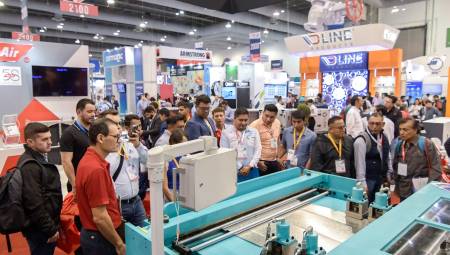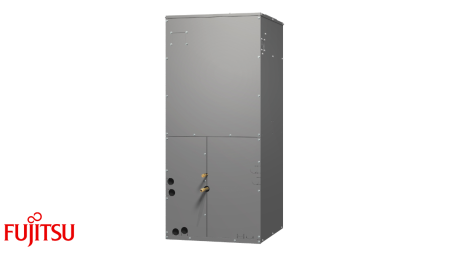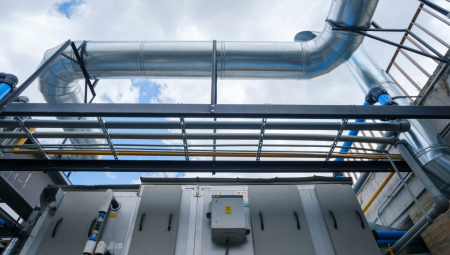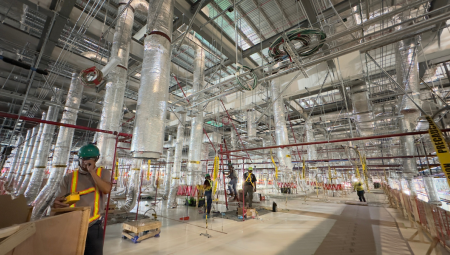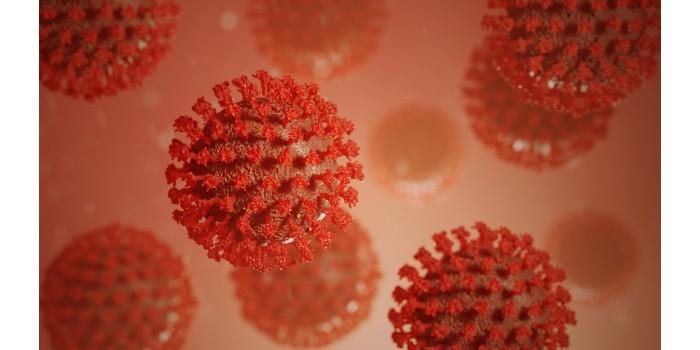 A view from the control of air pollution
A view from the control of air pollution
by Carlos Manuel Flórez*
Below I present four statements (some hypotheses, some already proven facts) that must be taken into account for commercial air conditioning systems; for hospital and critical support systems, other criteria are. At the end of the article I present some specific recommendations based on these statements.
1. Coronavirus is transmitted through aerosols
One of the issues that this pandemic seems to have shown is that aerosols are unknown or ignored by most guilds, neither the WHO nor doctors seem to take them into account in their speeches. An example of this is that a lot of importance has been given to the disinfection of surfaces and the use of acrylic screens on the face, thinking that the coronavirus is transmitted by droplets, when in fact they are transmitted by aerosols, which being much smaller and lighter than these, behave differently in the air: they do not deposit easily and quickly on surfaces, and do not travel like lightning (like visible droplets that come off a sneeze).
The belief that the coronavirus is transmitted by droplets that fall quickly on the surface, causes situations as extreme and absurd as people being disinfected even the engine of the car, when in fact the pollutants are inside the lungs and mucous membranes of infected people, and come out through the voice or cough.
The light condition of the aerosols causes them to float in the air for much longer than the droplets, and therefore it is the duty of air conditioning systems to adapt to these new conditions to ensure that aerosols are not recirculating in enclosed spaces. In this regard, the article "ASHRAE Position Paper on Infectious Aerosols" of the ASHRAE could be reviewed.

Image 1. It is believed that the coronavirus is mainly on surfaces and goes to the extreme of disinfecting the engines of cars.

Image 2. Screens required as biosecurity protocols. When used without any other protection (such as masks), they do not protect the wearer.

Image 3. Scuba without ventilation, another extreme and useless measure when we do not take into account that 90% of the virus is transmitted by aerosols.
2. Time, distance and viral load are decisive factors for contagion
If out of a group of people who have been in contact with an infectious source, only a few are infected, it may have happened that these are the ones who were
closer and/or longer in proximity to the infectious source and therefore this indicates that the viral load (the amount of infectious aerosols with which you have contact) is a decisive factor in contagion. It is observed that at least 15 minutes of contact with viral load are required at a certain proximity, for there to be contagion. There are several scientific studies carried out in hospitals in China and Italy, but the article "X-ray of three outbreaks: this is how they were infected and so we can avoid it" published by El País of Spain that collects the information in an interesting way and presents it in an easy to understand and interesting way for the HVAC guild and gives us very clear lights about contagion1.
3. Contagion is selective
The article mentioned above shows how air (split type) conditioned can increase the chances of contagion when there is no filtration or renewal. The article also analyzes several cases (on a bus, in an office in a building, in a restaurant) in which it is evident how not all the people present in the same space are infected.
Let's think about the following type of case: there is an infected person within a family living under the same roof, but this infectious agent does not manage to infect some family members, not all. What can explain the fact that only some have been infected if they were all at the same distance and for the same amount of time with the infectious source? This indicates that the virus is selective and does not indiscriminately contaminate any body. It would be necessary to study the differences between the bodies (genetics, blood type, physiological conditions, environmental conditions, etc.) of the bodies that were infected and those that were not, and make an analysis of which are those types of bodies that are more easily infected. At this time, some articles have begun to circulate in an incipient way that indicate that the virus affects type A blood more easily, and less frequently type O blood.
4. The coronavirus is losing its infectious capacity
If we analyze the case of the countries and cities whose curves reached their peak and have already fallen completely, we observe that their population reported as positive in none of the cases exceeded 1% with respect to the general population. With such a sparse infected population it cannot be said that what led to the decline in the curve was herd immunity, as initially expected and predicted (that for this immunity to occur it was required that 60%-80% of the population be infected).
This may lead us to propose the hypothesis that what makes the curve go down is that the virus developed in a population is losing its infectious capacity, as if a kind of wear and tear happens every time the cell reproduces: something similar to what happens in human cells that wear out and lose qualities.
Finally, by way of recommendation:
HVAC systems in Latin America would require increasing outdoor air renovations and improving their filtration systems. Central systems without renewal and those type minisplit would cause the diffusion of aerosols in an enclosed space, and in that sense would contribute to promoting contagion.
When it comes to a split or non-renewal system, natural ventilation should be preferred (weather conditions permitting), turning on the air conditioner only when indispensable and allowing new air to enter from outside. AsHRAE recently stated: "Naturally ventilated buildings can go beyond random window openings and be intentionally designed to have ventilation strategies in place and thus reduce the risk of infectious aerosols. Overall, designs that achieve higher ventilation rates will reduce this risk."2 If possible, you should naturally ventilate the spaces, or open the outdoor air intakes to the maximum, as long as the weather allows it will be the most recommended. Today we see meetings of senior executives held in parks or open halls.
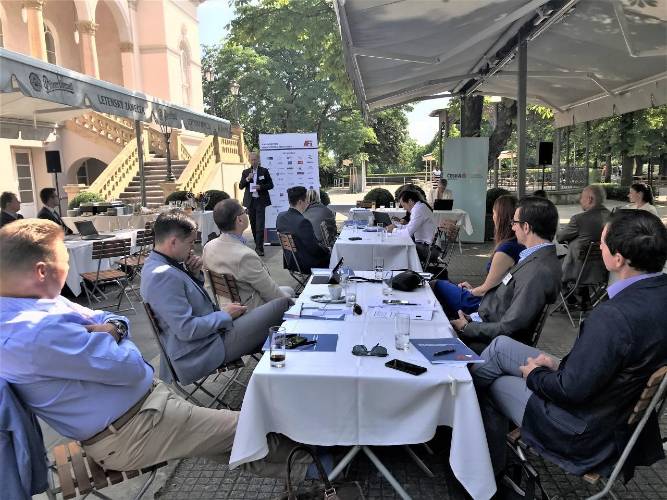
Image 4. Meeting of the Association for Foreign Investment. Prague, June 2020.
An investigation carried out by engineers and scientists in China3 indicates that particles larger than 4 microns are the ones that most carry the virus, in that sense it is advisable to install filters of 95% / MERV 144. Logically, these measures do not exclude the need to protect these fine filters with adequate pre-filtration, nor the need to be careful not to slow down the passage of air.
Fortunately the prices of the filters have fallen and it is not difficult to put them in commercial facilities, you just have to be careful with the reduction of the flow by increasing the resistance (pressure drop), for which you can repower fans or make appropriate housing that do not significantly increase the resistance.
It is also advisable to carry out more frequent maintenance, since the reduction of the flow would not help reduce infections, on the contrary it would reduce the renewal and facilitate the exchange of aerosols between people. If it is not possible to do the entire procedure in the manner indicated above, it is better not to do it halfway and recommend users to reduce the occupancy.
Currently the criteria on the recommended occupation of a space are based only on architectural concepts and it is not taken into account that with an optimal use of air conditioning this criterion could change. Implementing the procedures described above, air conditioning gives the space a decontaminating capacity that could transform the protocols that have been handled so far regarding distancing and occupation. This is an exciting topic for a next article.
* Carlos Manuel Flórez, Founder of the Cia de Control de Contaminación and Grupo C4, 36 years of experience in Air Filtration, Biosecurity, Clean Rooms and critical extraction systems.








